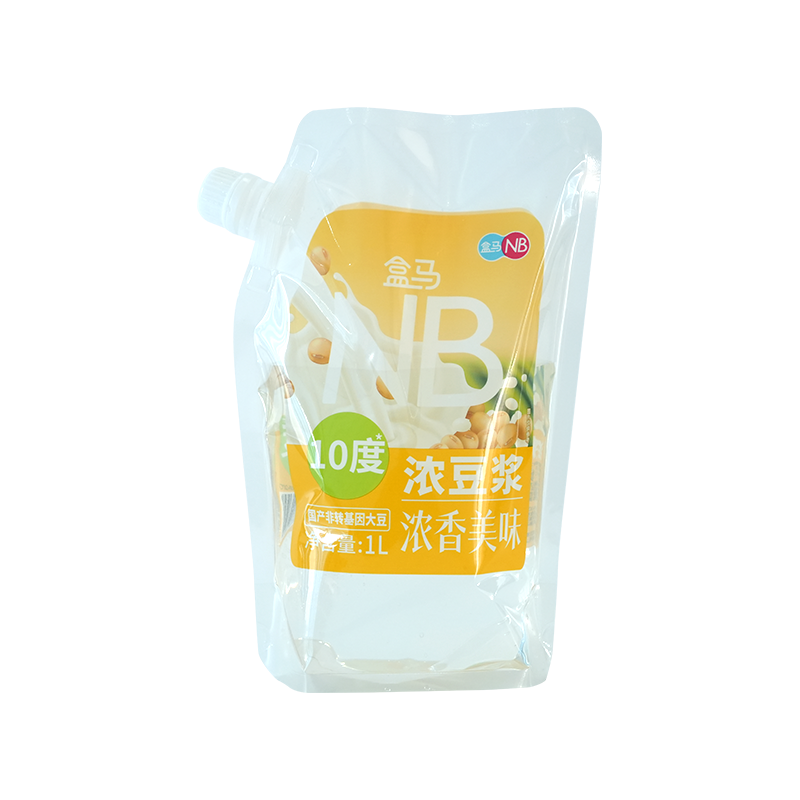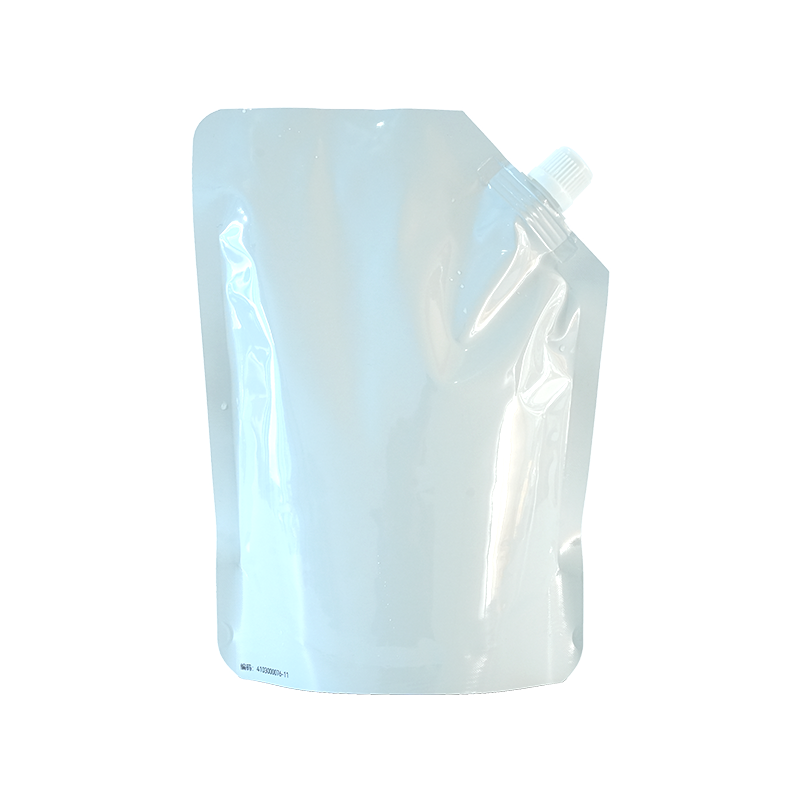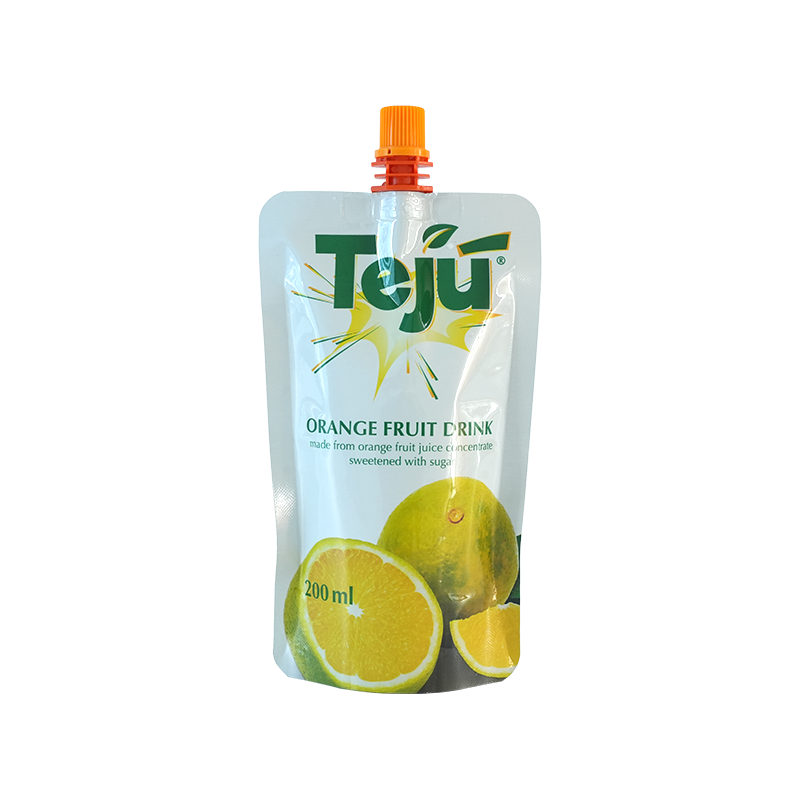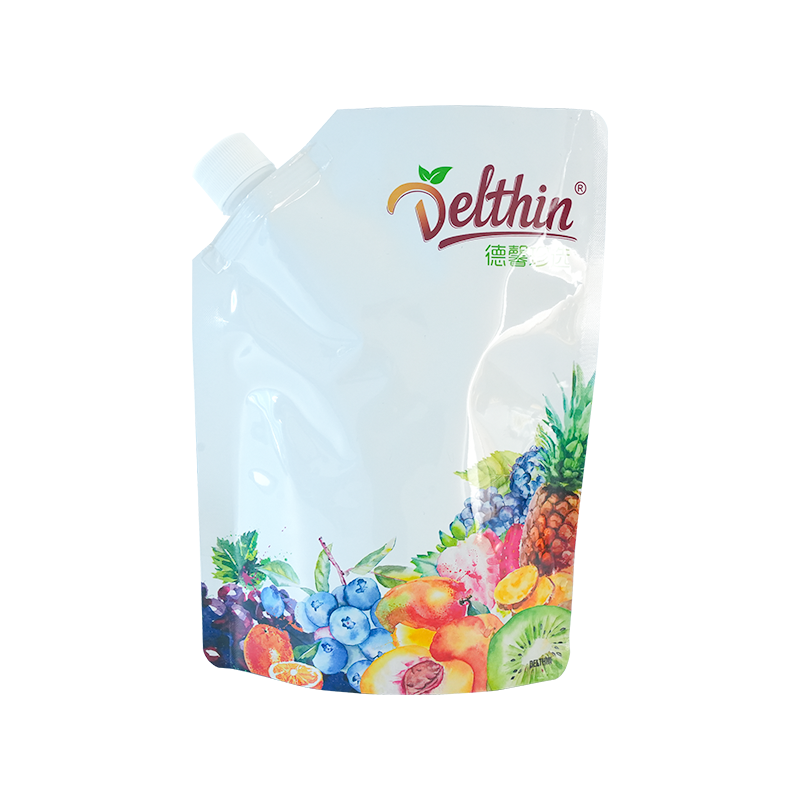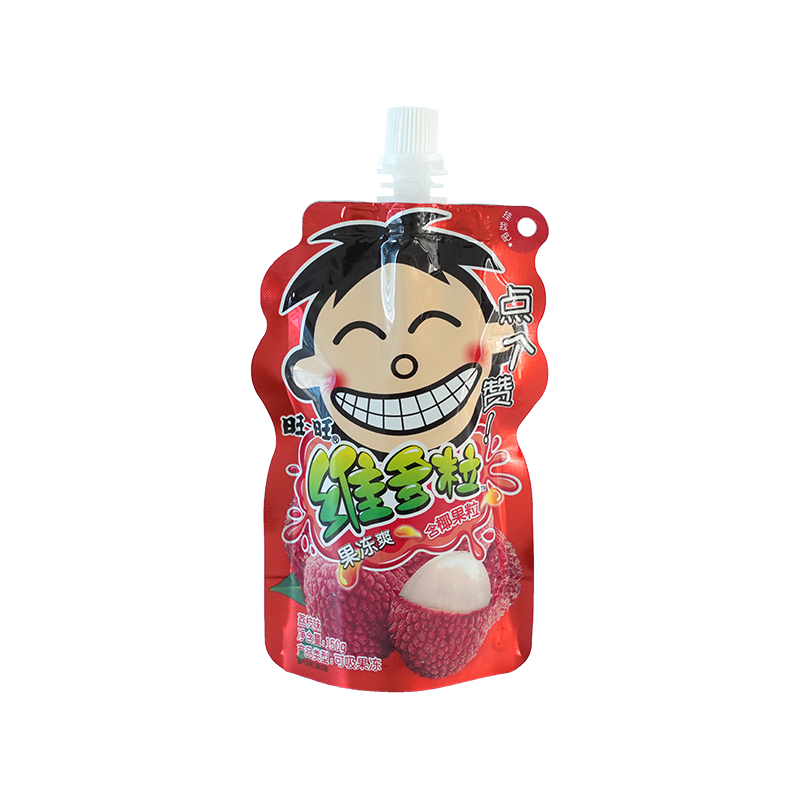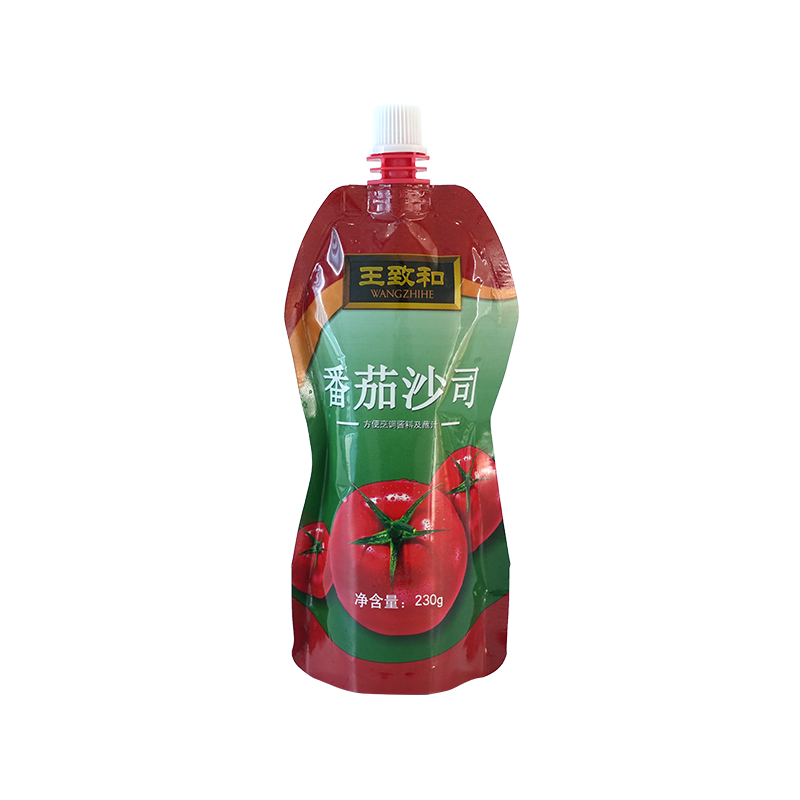In the complex and sophisticated packaging system of aluminum foil dried tofu bags, although the polypropylene layer is not as eye-catching as aluminum foil, it plays an important and irreplaceable key role in ensuring packaging integrity and product quality with its unique properties.
As a thermoplastic, one of the most prominent characteristics of polypropylene is its good heat sealing performance, which is also the core reason why it can play an important role in the production of aluminum foil dried tofu bags. The heat sealing process is a key link in the forming process of aluminum foil dried tofu bags. During production, by applying specific temperature, pressure and time to the polypropylene layer, the polypropylene molecular chain segments will obtain enough energy and gradually transform from the original relatively ordered crystalline state to a disordered molten state. At this time, the polypropylene layer is like having "stickiness" and can fit closely with other packaging materials, such as the adjacent aluminum foil layer or the outer printing layer. As the temperature decreases, the polypropylene molecular chain segments rearrange and crystallize, forming a strong bonding interface between different materials, thereby building a complete and sealed packaging container.
This tight heat-sealing effect first brings airtightness to the aluminum foil dried tofu bag. In the process of food preservation, oxygen is the "number one enemy". For dried tofu, the invasion of oxygen will trigger a series of chemical reactions. The oil components rich in dried tofu are very easy to oxidize and become rancid under the action of oxygen, producing a rancid smell, which seriously damages the flavor of the product; protein will also denature due to oxidation, resulting in color changes and a significant reduction in nutritional value. At the same time, oxygen is also a "hotbed" for the growth and reproduction of aerobic microorganisms. The large-scale reproduction of microorganisms will accelerate the corruption and deterioration of dried tofu. The sealed environment formed by the heat-sealed polypropylene layer is like an indestructible barrier, blocking oxygen from the outside, creating a low-oxygen or even oxygen-free storage space for dried tofu, greatly delaying the oxidation process and effectively extending the shelf life of the product.
Water is also an important factor affecting the quality of dried tofu. Excessive water vapor will make dried tofu damp and soft, losing its original firm and chewy taste, and a high humidity environment is very likely to breed harmful microorganisms such as mold, threatening food safety. The good heat-sealing performance of the polypropylene layer ensures a dry environment inside the package and prevents external moisture from penetrating. At the same time, if the dried tofu itself has a high water content, the heat-sealed polypropylene layer can also effectively prevent moisture from escaping, maintain the internal moisture balance of the product, and ensure that the dried tofu always maintains a suitable texture and taste throughout the shelf life.
In addition to air tightness and moisture resistance, the heat-sealed polypropylene layer is also crucial to improving the stability of the entire packaging structure. In the actual production, transportation and sales of aluminum foil dried tofu bags, packaging will face many external force challenges. From mechanical handling on the production line, squeezing of packaging equipment, bumps and vibrations during transportation, collisions during loading and unloading, to stacking on supermarket shelves, if the packaging structure is not strong enough, it is easy to open or delaminate. Once these problems occur in the packaging, the barrier performance of the aluminum foil will be greatly reduced, and external oxygen, water vapor and microorganisms will take advantage of the opportunity to enter, resulting in product quality damage. After heat sealing, the polypropylene layer is tightly combined with other materials, which enhances the adhesion between the layers, making the entire packaging structure an organic whole, effectively improving the packaging's resistance to external forces, reducing the risk of opening and delamination, and ensuring that the aluminum foil dried tofu bag can remain intact in various complex environments, and continue to provide reliable protection for the dried tofu.
In addition, the polypropylene material itself has many advantages such as good chemical stability, non-toxic and tasteless, and fully meets the strict hygiene and safety standards for food packaging. During long-term contact with dried tofu, it will not release any harmful substances to contaminate food, nor will it react chemically with the ingredients in the dried tofu, ensuring the safety and quality stability of the product, so that consumers can eat it with confidence.
In summary, polypropylene, with its good heat sealing performance, plays multiple key roles in the production of aluminum foil dried tofu bags, such as building a sealed environment, ensuring the stability of the packaging structure, and ensuring food safety. From the heat sealing principle to the actual application effect, every link is closely connected, jointly guarding the quality of dried tofu, and contributing an indispensable force to the development of the food packaging industry.

